Faculty Reviewers Honored by Office for Research and Innovation
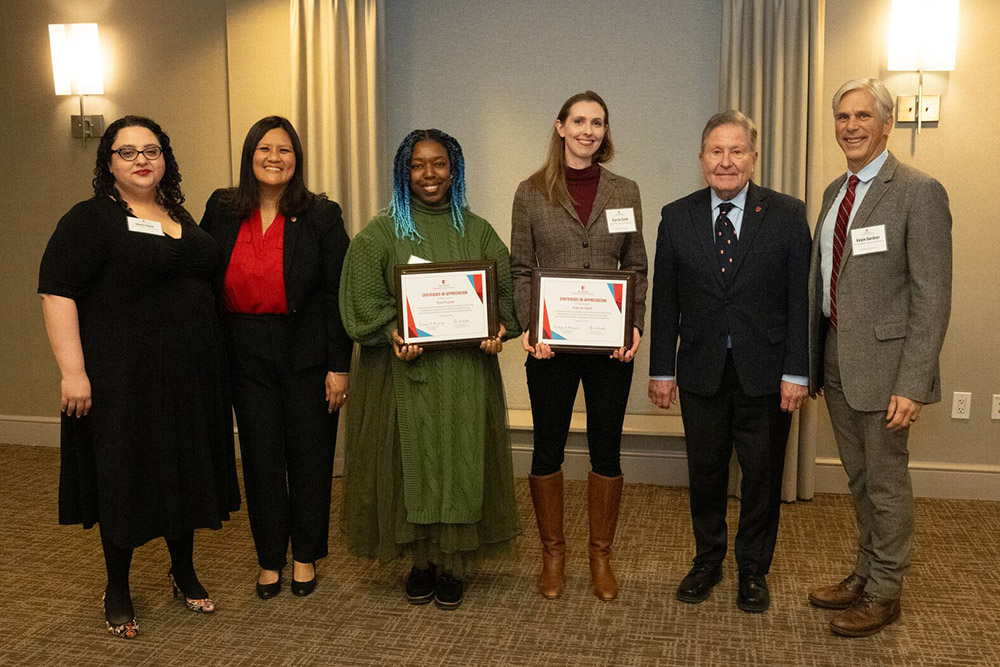
One of the missions of the Office for Research and Innovation (OR&I) is growing research at Stony Brook University, which is a strategic goal of the university.
Having faculty support for seed grant programs and limited competitions by peer reviewing is key to this mission. This contribution ensures investments are made for the most promising seed projects, and that the most competitive ideas are representing the institution.
The Office of Proposal Development within the OR&I recently hosted a reception recognizing the significant contributions of researchers in the peer review process. More than 250 people have served as reviewers over the past five years.
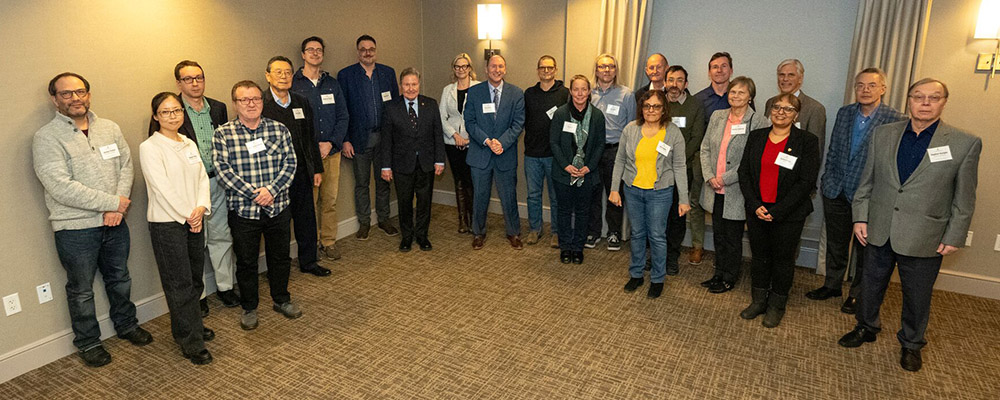
“Service is one of the three primary roles of a faculty member, along with scholarship and teaching,” said Vice President for Research and Innovation Kevin Gardner. “That’s how science works, and we advance our science by having peer reviews. We rely heavily on the expertise of our faculty reviewers to help make these important decisions to grow research.”
Gardner said the Office for Research and Innovation contributes to science at Stony Brook in two important ways.
“Number one, we ‘mentor’ ourselves by providing the critical reviews that help all our ideas become better,” he said. “The second thing is making sure that we invest our dollars wisely. We don’t have as much money as we would like to give out for seed opportunities, so we need to make sure we use that money in the best way that we can. The important service that helps us do that doesn’t always get the recognition it deserves. And that’s why we’re here today; to make sure that you know we appreciate the work that you do in this regard, and we recognize, value and celebrate that.”
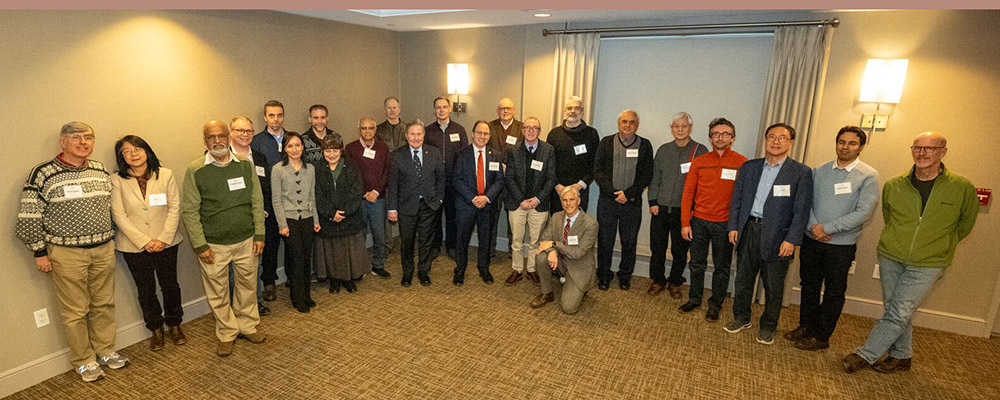
“I know I’m in the company of Stony Brook’s most distinguished scientists,” said Interim President Richard McCormick. “I congratulate you on your research achievements, and I thank you for the contributions that you have made to reviewing seed grants. It’s so important that we make some internal decisions about where opportunity lies, where potential grant funding may be found, in effect, where the next great generation of scientific discoveries will be made.”
“A significant reason for me to participate as a reviewer is that I get to read about our faculty’s research, and hopefully help them improve the proposals they submit for funding,” said Stella Tsirka, SUNY distinguished professor in the Department of Pharmacological Sciences, one of the reviewers who was honored. “The process allows me to connect faculty with each other, especially new faculty when I see that their work could be related or expanded. It’s great to see new collaborations and interactions between faculty.”
McCormick noted the pledge made by Maurie McInnis, Stony Brook’s previous president, to double research expenditures by 2030.
“I’ve endorsed that goal firmly and strongly, but it will not happen by accident,” he said. “It will happen because our Office for Research and Innovation is making significant investments in new facilities and encouraging interdisciplinary research, all of the things that are necessary to move us toward that whole republic of research by 2030. But another critical element is the work that we celebrate this afternoon, the work that you have done in reviewing your peers, proposals for scientific research, proposals within the university. You are affirming loudly and clearly that great science is a collaborative venture.”
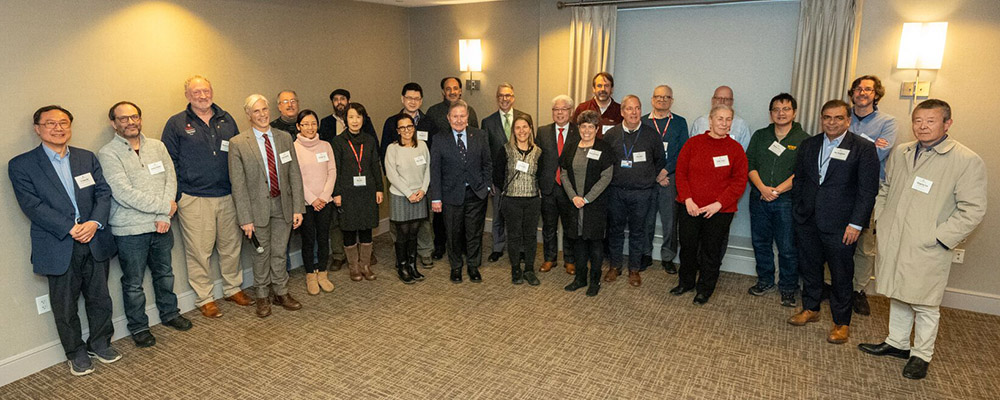
Reinforcing the importance of research, Nina Maung, senior associate vice president for research — whose office oversees the university seed grant program — noted that Stony Brook has seen an impressive return on investment (ROI) of 9:1 for its Seed Grant Program.
“An ROI of 9:1 means a 900% gain,” she said. “Seed grant winners provide an annual report of their proposal activity and new awards. The ROI is calculated by looking at the external award amounts that seed grant awardees have received and comparing that to the investments OR&I has put into the program.”
According to Maung, the program also has other significant outcomes, such as increased collaboration between faculty across academic departments and colleges/schools as well as more center-scale proposals ($10M+) submitted to external sponsors.
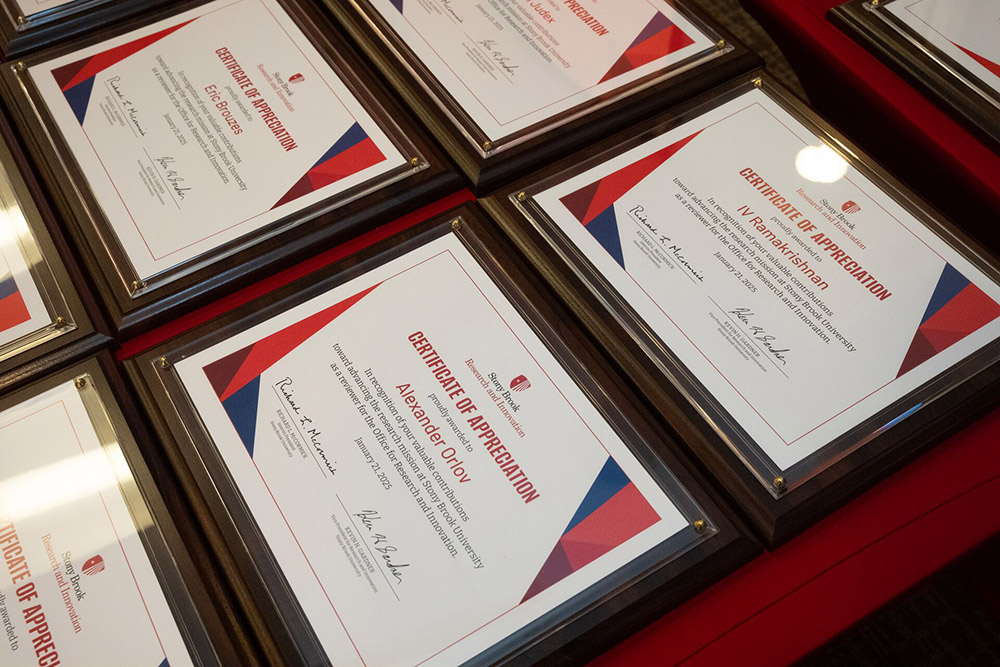
“I’ve been here at Stony Brook for almost 17 years and I have a very personal experience with the importance of this mechanism,” said Alfredo Fontanini, professor and chair of the Department of Neurobiology and Behavior at Stony Brook. “It’s not shocking news that these mechanisms are incredibly important for seeding ideas at their early stages, when we still don’t know whether the ideas have legs or not. That’s an incredibly delicate moment for an idea.”
Fontanini, himself a reviewer, also credited the OPD team for putting in place a mechanism that is rigorous, high level and fair. “It’s gratifying to see their commitment, and that’s why it’s so hard for me to say no to them,” he said.
For information on how to become a faculty reviewer for future seed programs and internal competitions, visit the OR&I Call for Reviewers.
